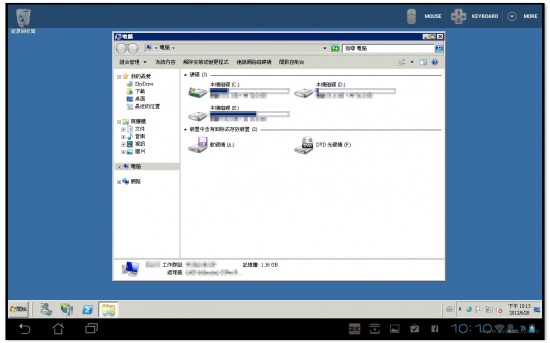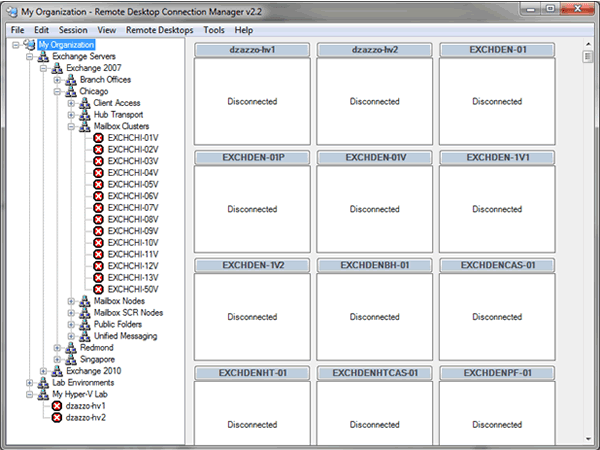
For wired networks: ensure the ethernet cable is plugged into your network adapter properly.

For home networks: ensure your router is switched on.If you receive “There’s a problem with the network” error message, make sure your network adapter is working and try:.If you receive “The remote PC can’t be found” error message then ensure you have entered the correct PC name for the remote PC, or you try entering its IP address.This is sufficient because the application on the Jump Host only acts as an intermediate between the local and the remote hosts. Remote Desktop Manager will open for the first time with a default SQLite Local Data Source. There is no need to create a data source on the Jump Host.The Jump Host acts as a relay between the local and the remote systems, allowing to use the Remote Desktop Manager license that has been used on the local workstation to register the application on the Jump Host. Use the same Remote Desktop Manager license on the local and the remote instances.To gain more space for the dashboard, in the View tab, hide the Ribbon and Navigation Pane since the menus are not needed.If any of the steps fails, it is where you need to investigate. Jump Host Server & Jump session should both start.Īll should be working correctly. Jump session should start on the Jump Host Server.Ī. Validate that the Jump Host worksġ.Start the RDP session of the Jump Host Server.Ģ.Wait for Remote Desktop Manager Agent to connect.ģ.On the RDP tab, right click Agent Status.Ī.Remote Desktop Manager Agent should be connected.Ī. The Remote Desktop Manager Jump opens automatically and it looks like a session in a session. Let's imagine you have the following infrastructure:Ĥ.Launch the RDP session. This configuration only grants you access to hosts that are accessible from the Jump Box. This allows you to have a strict firewall policy that allows connections only from a specific IP address.

Configure a session to use the Jump Hostġ.Accessing a secure network through a single host.It can even launch a VPN client on the Service Host prior to running the remote session. Commands include running a script or opening a remote session of any type. Commands are sent securely over the RDP channel and are then executed on the Service Host.

The application does not have to connect to any data source, as Remote Desktop Manager only serves as a shell for the agent to run commands.īoth instances of Remote Desktop Manager Jump or Remote Desktop Manager and RDM Agent running on the Jump Host communicate through an RDP channel. Remote Desktop Manager must be installed on the Jump Host for the agent to be able to run commands.


 0 kommentar(er)
0 kommentar(er)
